Understanding & Exploring LDO’s & BGR’s in Circuit Design
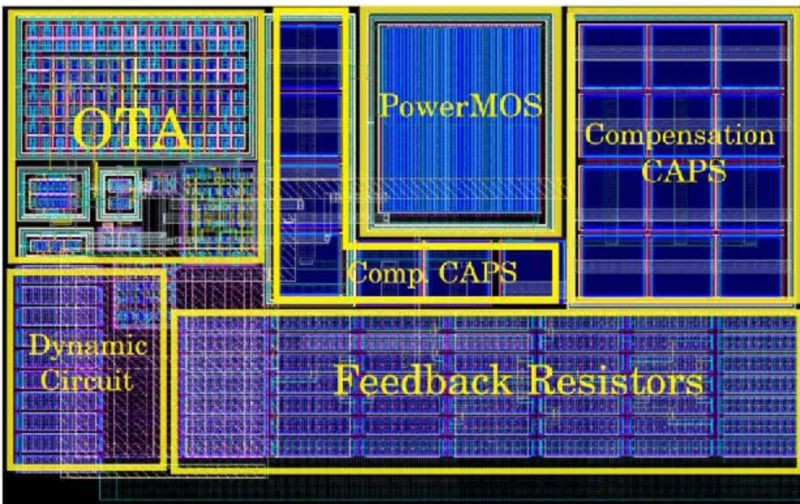
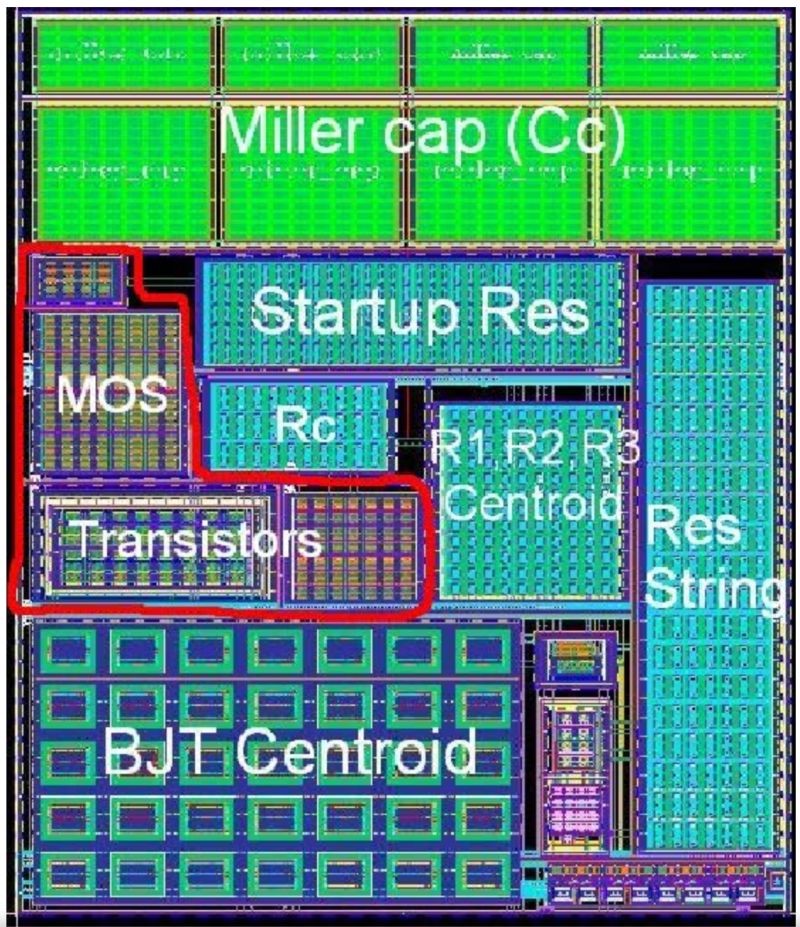
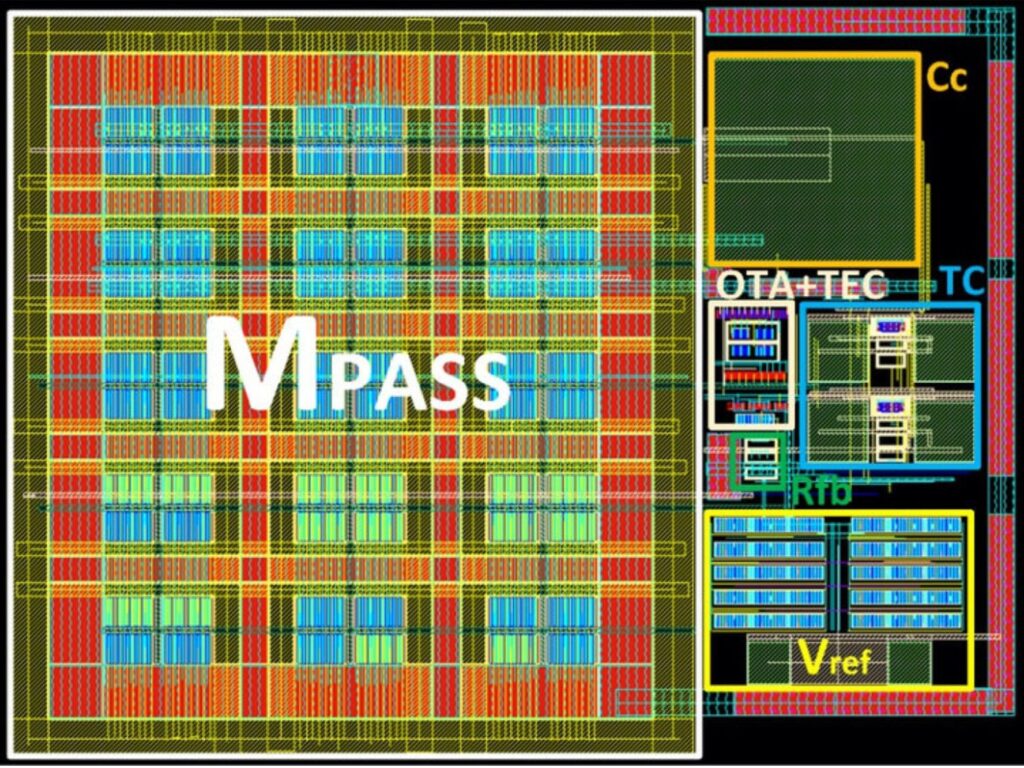
Definition & Purpose LDO:
LDO (Low-Dropout Regulator):
Definition:
An LDO is a linear voltage regulator designed to maintain a steady output voltage that is lower than its input voltage, with a minimal difference (dropout voltage).
Purpose:
Used to provide a stable voltage supply to electronic circuits, especially when the input voltage is only slightly higher than the desired output.
Working Mechanism:
An LDO uses a feedback mechanism to control a pass transistor, regulating the output voltage. The circuit continuously compares the output voltage to a reference voltage and adjusts the transistor’s resistance accordingly.
Dropout Voltage:
The voltage difference between the input and output that allows the LDO to maintain regulation. Low dropout voltage enables operation with a minimal difference between input and output.
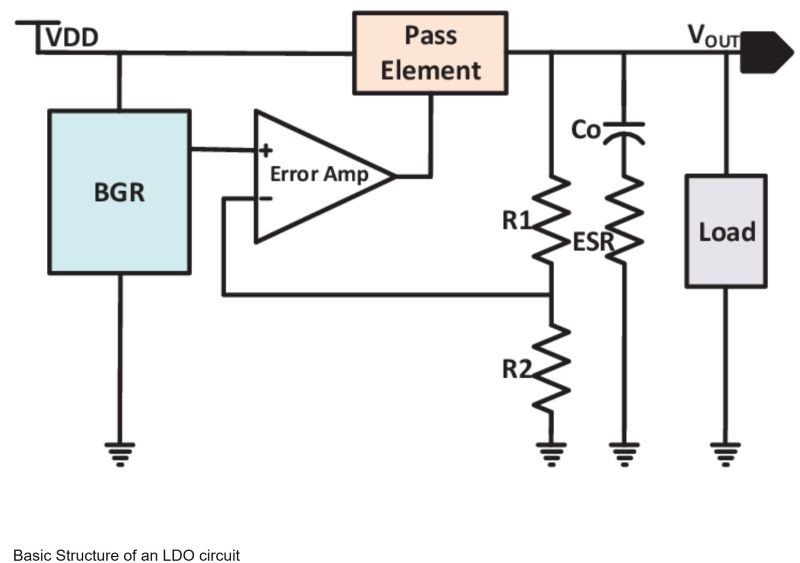
Definition & Purpose BGR:
BGR (Bandgap Reference):
Definition:
A BGR is a circuit that produces a stable reference voltage based on the bandgap voltage of semiconductor materials.
Purpose:
Used to generate a precise and temperature-stable reference voltage, typically around 1.2V, for use in ADCs, DACs, and other precision applications.
Working Mechanism:
A BGR generates a reference voltage by utilizing the temperature dependence of the bandgap voltage of silicon. It typically employs a combination of bipolar transistors to achieve a stable output that compensates for temperature variations.
Temperature Compensation:
The design includes elements that counteract the temperature drift of the voltage output, ensuring stability over a wide temperature range.
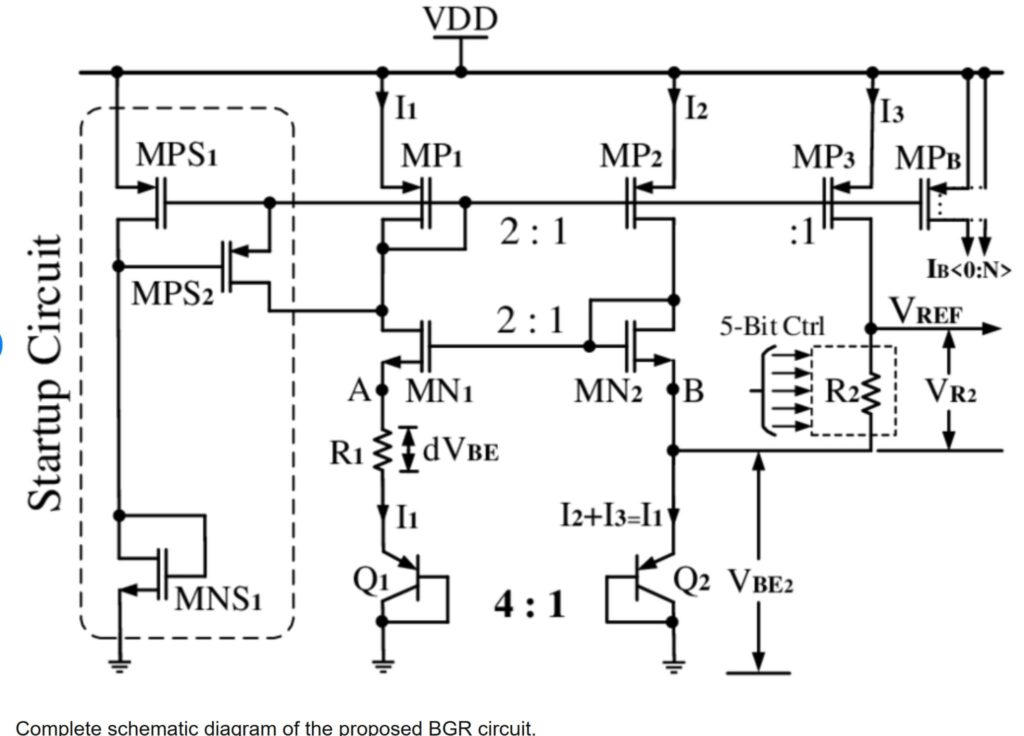
Applications:
LDO:
Power Management: Supplying power to microcontrollers, sensors, and RF circuits.
Noise Filtering: Providing clean power to sensitive analog circuits.
Battery-Powered Devices: Extending battery life by minimizing dropout voltage.
BGR:
Analog-to-Digital Converters (ADCs): Providing a stable reference voltage for conversion.
Digital-to-Analog Converters (DACs): Ensuring accurate output voltage levels.
Voltage References: Used in various circuits requiring precise reference voltages.


In summary, LDOs and BGRs are both critical components in analog circuit design but serve different functions. LDOs are primarily focused on providing regulated power supply, while BGRs are designed for generating stable reference voltages. Choosing between the two depends on the specific requirements of the application, such as power needs, precision, and temperature stability.
